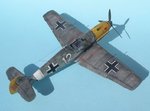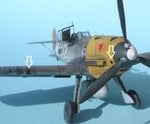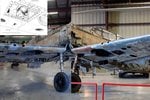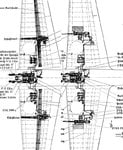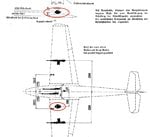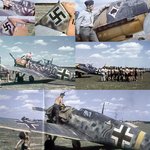le_steph40
Chief Master Sergeant
Hello all,
A stupid question: Did the Bf 109E-7 "white 12" flown by J. Muncheberg, 7./JG26 in March 1941 is RLM74/75/76 or RLM71/02/65 ???
I read all the versions (hypotheses) regarding the color camo of this aircraft...
TIA, best regards
Steph
A stupid question: Did the Bf 109E-7 "white 12" flown by J. Muncheberg, 7./JG26 in March 1941 is RLM74/75/76 or RLM71/02/65 ???
I read all the versions (hypotheses) regarding the color camo of this aircraft...
TIA, best regards
Steph






